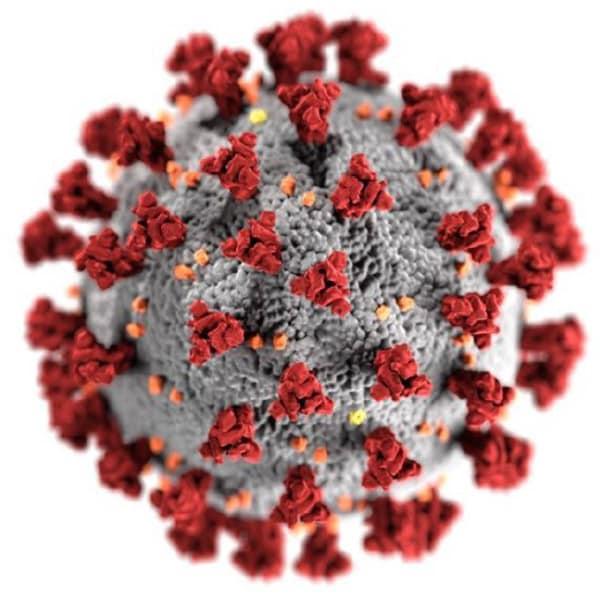Introduction
The COVID-19 pandemic has had a profound impact on economies worldwide, with the Global South facing particularly devastating effects. This crisis has exacerbated existing vulnerabilities, pushing many low-income families further into poverty. Without immediate intervention, the long-term socioeconomic repercussions could be disastrous.
The Impact of COVID-19 on Child Poverty
As families struggle to meet their basic needs, children are often the most affected. The closure of schools and loss of income have disrupted access to essential services like education and healthcare. This creates a vicious cycle where children’s futures are compromised, perpetuating poverty across generations.
The Role of Safety Nets
The implementation of effective safety nets is crucial in combating the rise in child poverty. Financial assistance programs, food security initiatives, and access to healthcare are fundamental in supporting affected families. Research has shown that targeted assistance can significantly reduce the number of children living in poverty.
Case Studies: Success Stories and Challenges
In various regions of the Global South, certain countries have successfully deployed safety net programs to mitigate the impacts of the pandemic. For instance, cash transfer programs in Brazil and social vouchers in Kenya have shown promising outcomes. However, many countries grapple with funding constraints and implementation challenges that hinder the effectiveness of such programs.
Recommendations for Action
Urgent stakeholder collaboration is necessary to enhance safety nets for low-income families. Governments, NGOs, and international organizations must work together to create comprehensive support systems that can adapt to future crises. Investing in sustainable programs today is essential for building resilience against future economic shocks.
Conclusion
The pandemic’s legacy of increased child poverty in the Global South demands immediate and sustained action. By prioritizing safety nets, we can protect the most vulnerable among us and pave the way for a brighter future. More detailed analysis and recommendations can be found in this comprehensive report. Read more about the urgent needs here.

